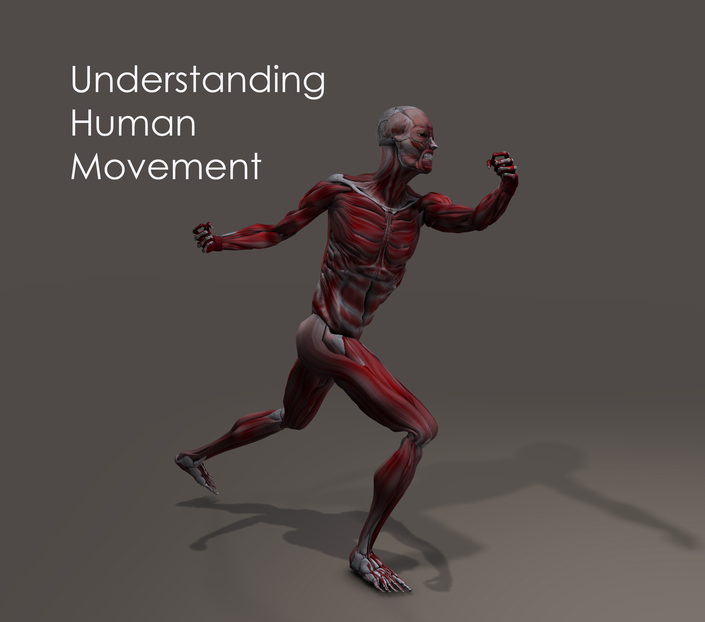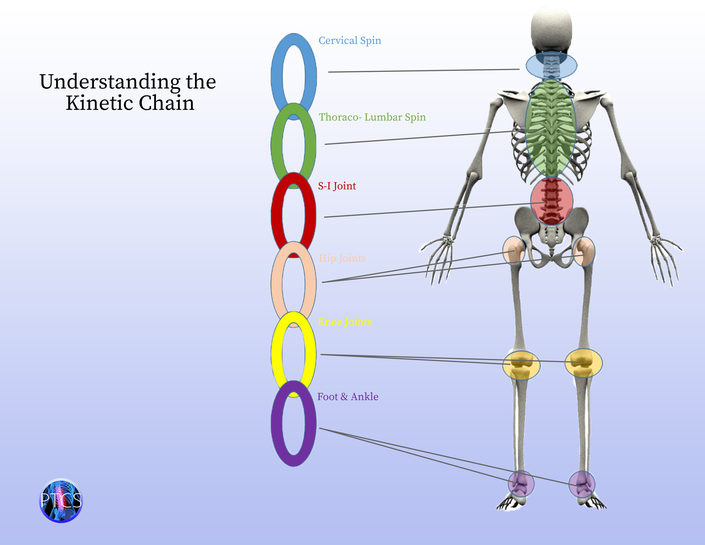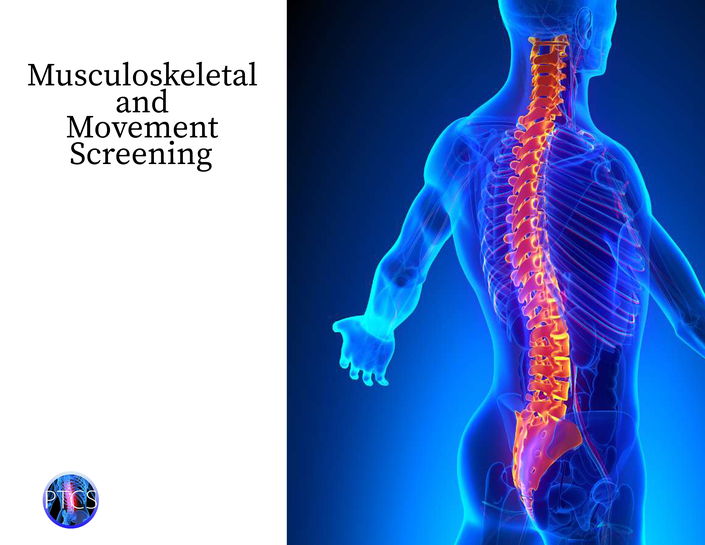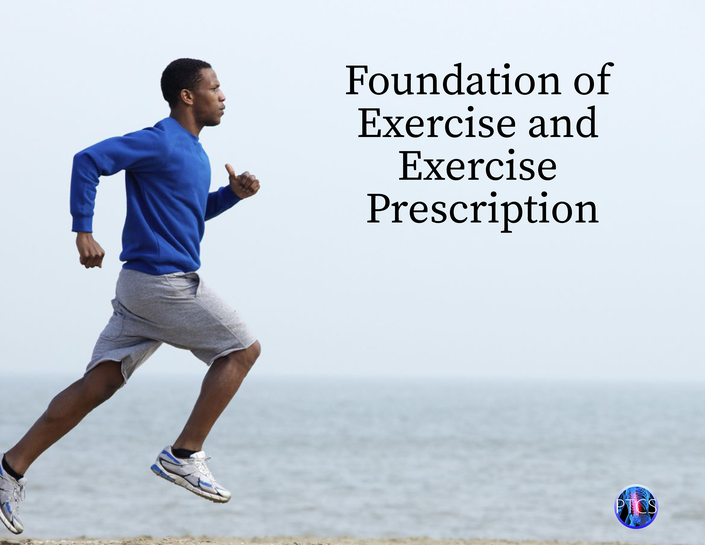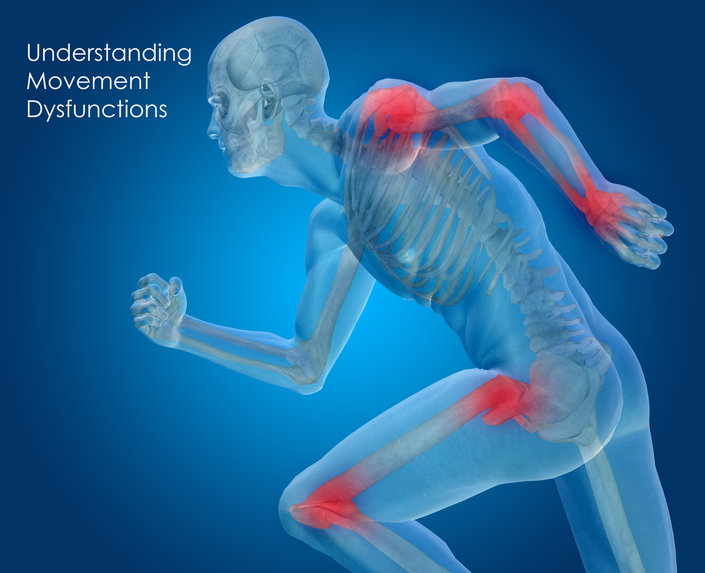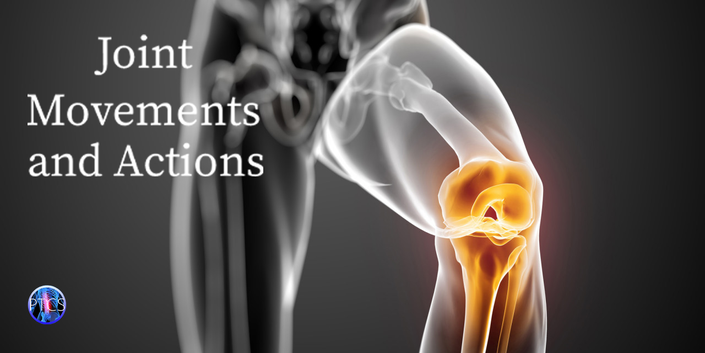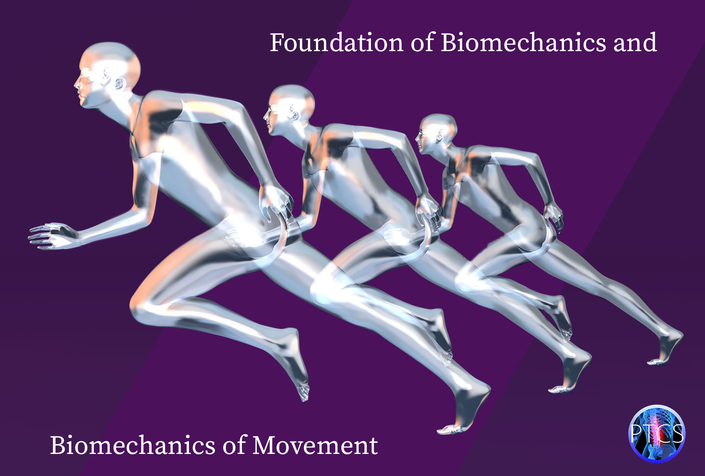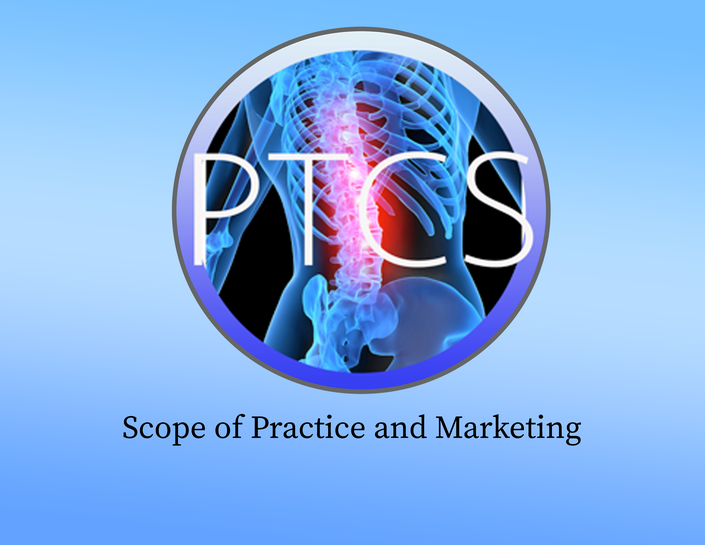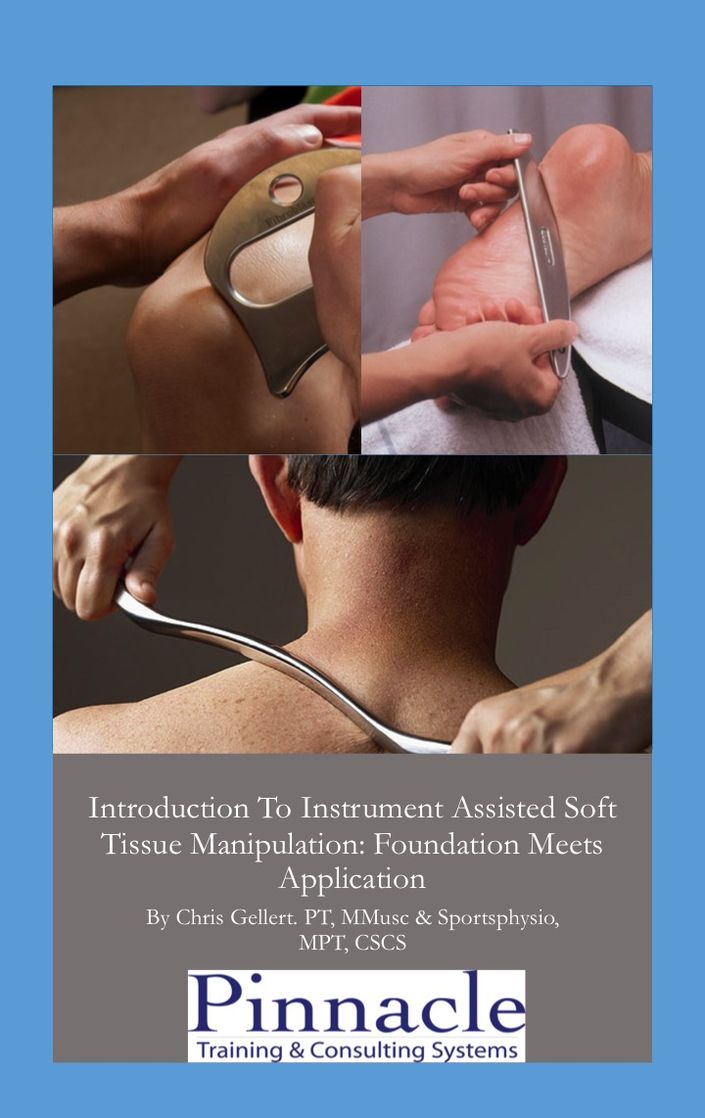
Course Description
This course was designed to teach the foundation of how common injuries occur that affect the musculoskeletal system. To interpret the inflammatory process and all of the stages associated with an injury. To distinguish the difference between a ligament and a tendon injury. To distinguish the difference in tissue healing vs. bone healing as it relates to the post-rehab client. Understand the base pain mechanisms an individual experiences with any soft tissue, bone, or orthopedic injury. Be able to interpret the evidence-based research behind common soft tissue injuries, including medical management, physical therapy, and rehabilitation involved. Be able to design and defend an exercise program that includes post-rehabilitation training principles designed for a client that is individualized and client-specific.
Finally, differentiate the difference between neuromuscular control and stabilization training as it applies to the post-rehabilitation client.
Course Outline
Chapter 1: How Injuries Occur
Chapter 2: Foundation of Injury, Inflammation, and Healing Process
Chapter 3: Pathophysiology of Tendon and Ligament Injuries
Chapter 4: Pathophysiology of Skeletal Muscle Injuries
Chapter 5: Pathophysiology of Bone Healing
Chapter 6: Pain Mechanisms
Chapter 7: Restoring and Fostering Mobility and Stability
Chapter 8: Exercise Selection During the Rehabilitation Process
Chapter 9: Principles of Neuromuscular Control
Chapter 10: Principles of Stabilization Training
Practice examination
Glossary
CEU Information
ACE 3.5 CEUs for all 10 courses
CPD 3 points
NASM 1.9 CEUs for all 10 courses
NATA-BOC 12 CEUs for all 10 courses
NCEP 2.0 for each course
NFPT .4 for each course
NSCA 1.9 for all 10 courses
NSPA .2 for each course
CPRS Testimonials
Pinnacle Training & Consulting Systems Post-Rehabilitation Specialist Certification was exactlywhat I was looking for in my continuing education. Having worked in outpatient physical therapy settings as an Athletic Trainer to performance gym settings as a Strength and Conditioning Specialist,
I found my niche was filling the gap between injury and optimal movement. CPRS could not have more helped me fill that gap anymore than it did. Chris has found a way to distinguish practitioners in our space as truly understanding the post-rehabilitation process. The courses were both practical and applicable to my everyday practice, something that I have found hard to come by in both BOC and NSCA CEU offerings. The testing combined our knowledge of anatomy and kinesiology with evaluation, progressions, and modifications that we see every single day. I am ecstatic I was able to round out 2020 with the CPRS course and a new certification that I am proud to utilize to market myself and further distinguish myself in the health and wellness space. Thank you Chris!
Elise Munn, BS, ATC, CSCS, CPRS, CAFS
“ I wanted to take this opportunity to thanks, Chris, to introduce the CPRS Certification. My special interest from day one always has been in Rehabilitation which helps me and my client to overcome their pain and aches. Being a strength and conditioning coach I had to look into sports-specific injuries and this course was amazing it covers Almost everything about anatomy to the biomechanics of the human body, the science behind all movement, and so on. This course designed to help personal trainer and conditioning coach to fill up their Knowledge with sports specific injuries, It took me almost 2 months to complete 12 modules. I thoroughly enjoyed and all contents were provided in the manual really helpful. Highly recommended to all exercise professionals."
Nadeem
Founder and CO
CSCS, CPT, CES, CFT, MFR 2, McGill method 3
FUNCTIONAL FIT PTE LTD Singapore
Below Are Other Home Study Courses You May Be Interested In


